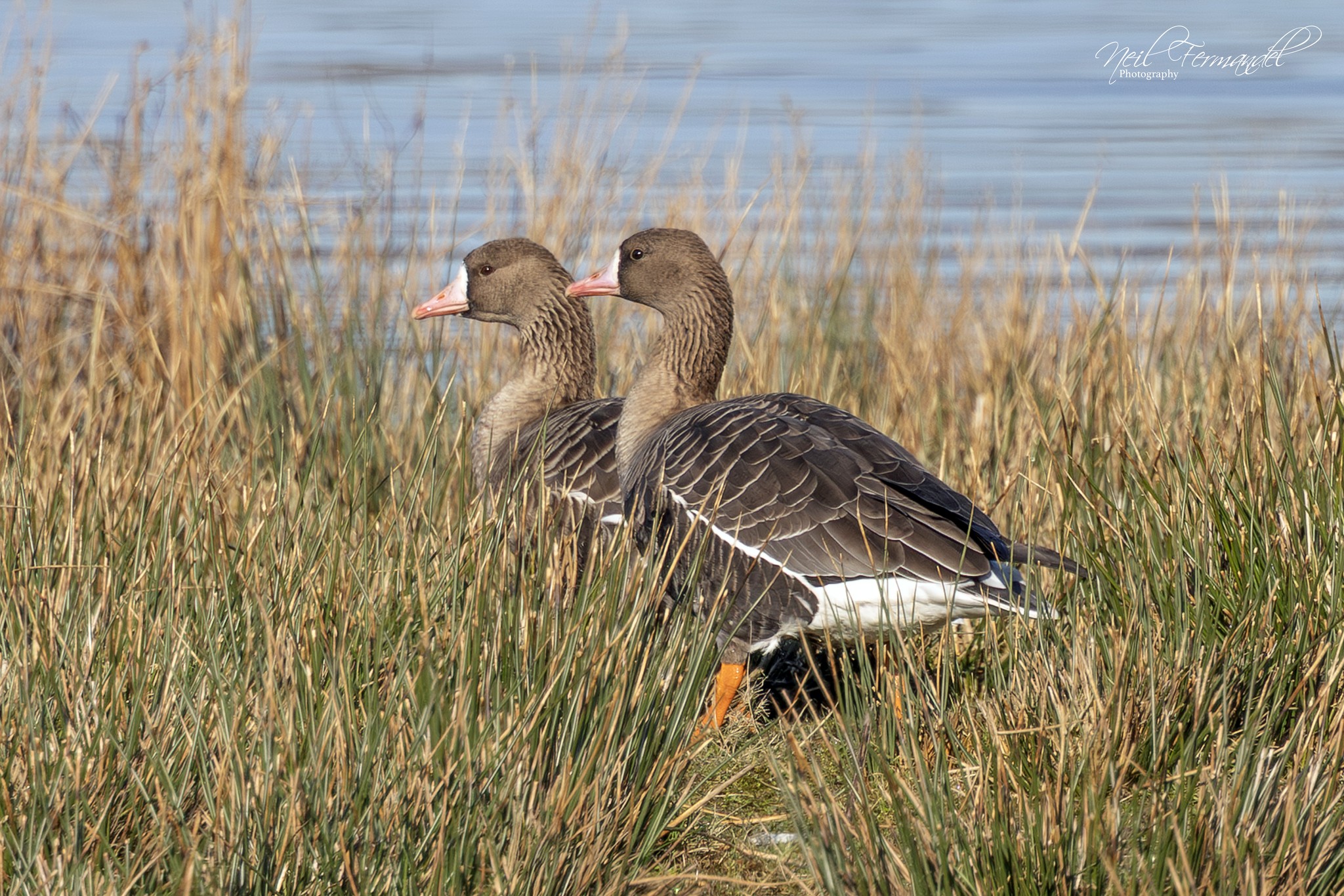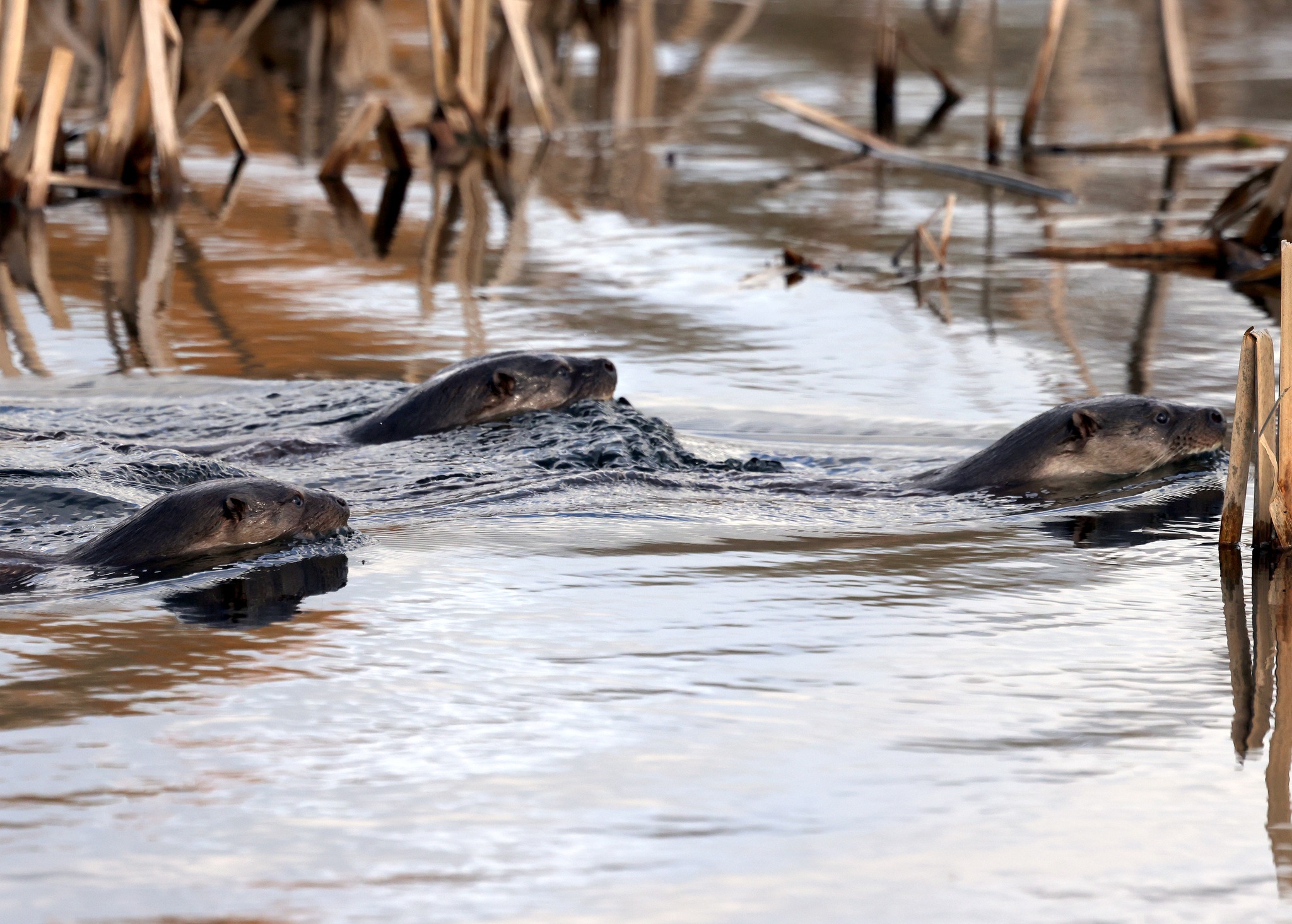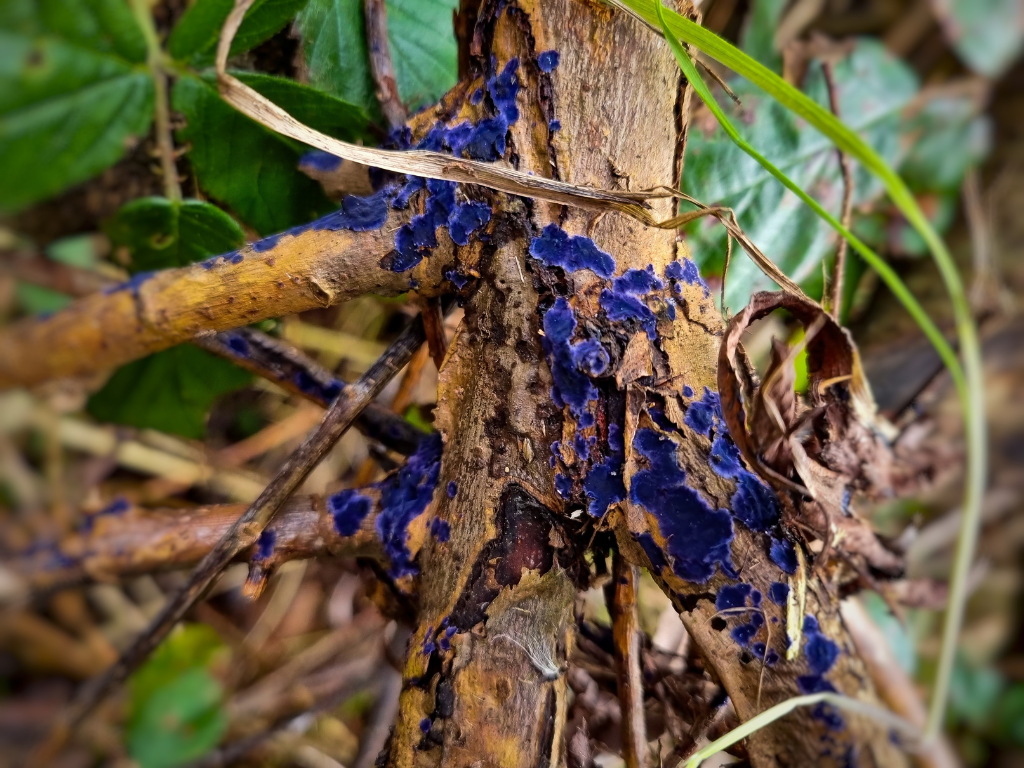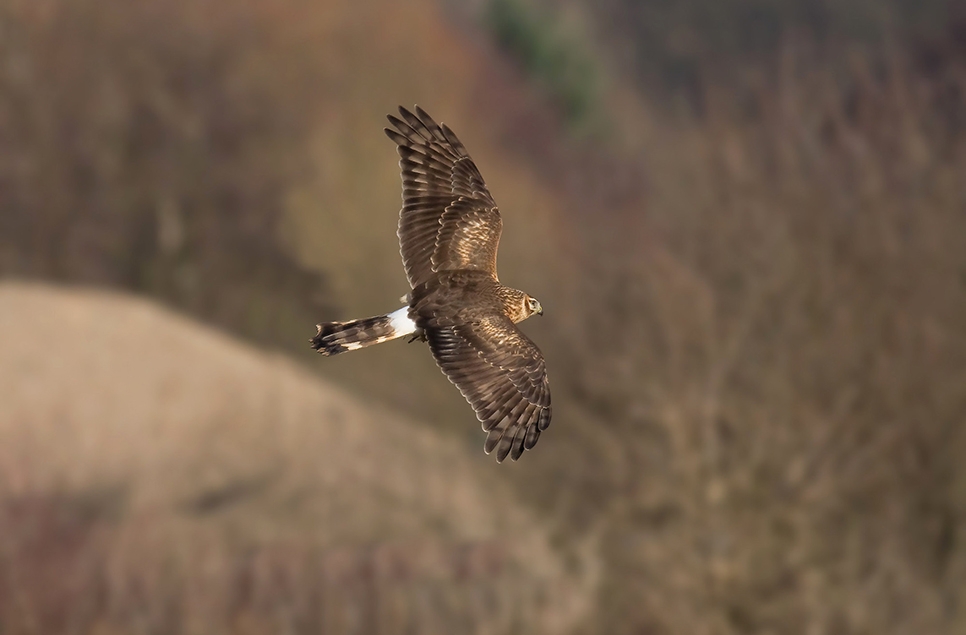Recent Wildlife Sightings 12th - 16th February
Highlights: Otter, Marsh Harrier, Daffodil, Stoat
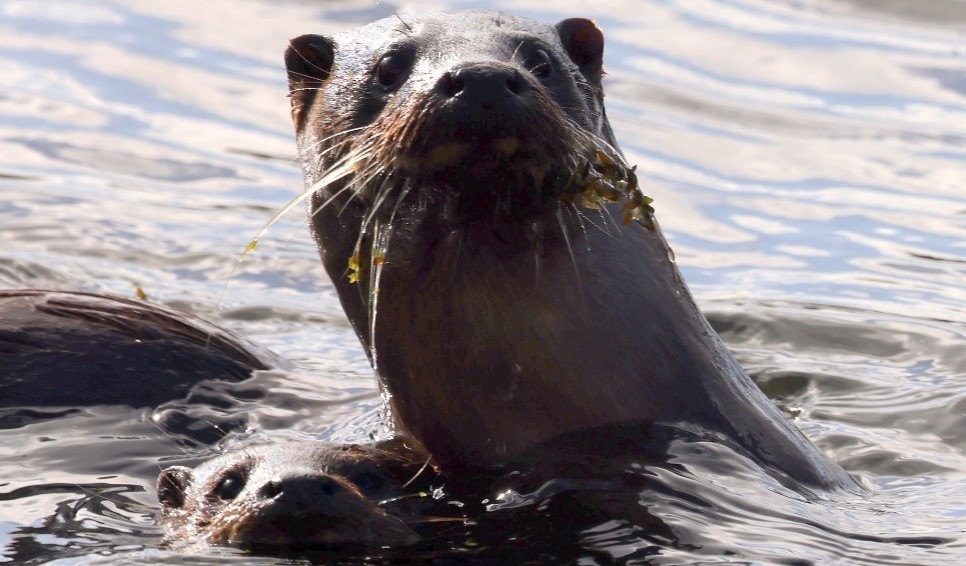
With more rain this week, visitors arriving for Mudfest were treated to some extra muddy activities. On the reserve, wintering birds were out in good numbers, but some early signs of spring signal that their departure isn't long away.
Highlights: Otter, Marsh Harrier, Daffodil, Stoat
Despite a pleasant start to half-term with a brief sunny spell on Monday, we were destined to be plunged back into dampness and grey skies for most of the week. Luckily for Mudfest, the extra rain only added to the fun by making the mud even muddier! Around the site, the bright yellow petals of some early flowering daffodil could be seen peeking out of their buds this week - a sign that sunny days aren’t too far away!
A range of thrushes benefitted from the damp conditions, with the abundant Song Thrush, Blackbird and wintering Redwing, as well as the slightly less common Mistle Thrush, all seen foraging on the ground for worms brought to the surface by the rain. The melodious sound of Song Thrush echoes around the reserve each morning, brightening up even the dullest of days. Feeding on much bigger creatures than worms, Red Kite and Marsh Harrier have been seen this week hunting over the marshes. Red Kite are one of the easier birds of prey to identify from a distance due to their distinctive forked tail.
The Long-Tailed Duck that visited Dafen Scrapes and Freshwater Lagoon last weekend was spotted near Peter Scott Hide on Monday, but has not been reported since. A single bird had an extended stay around the lagoons last year from January to April, so we hope this year’s visitor takes a similar liking to the reserve.
As mentioned last week, there have been three Otters sighted a few times around Deep Water Lake recently, but one visitor was lucky enough to get some incredible photos of them this week. You can find them here, courtesy of Jessica Crumpton.
Some fungi are still present on decaying branches, with Scarlet/Ruby Elfcup being one of the easiest to spot. Found in sheltered woodland areas around the site, the vibrant red inside these cup-shaped fungi really stands out amongst the sea of brown and green. Interestingly, the name elfcup comes from a myth that elves drank morning dew from the cups. However, unless you’re an elf, it’s best to stick to human-safe drinks receptacles as these fungi are considered inedible.
If you’ve spent time looking out at the bird feeders behind the visitor centre, you may have caught a glimpse of a Stoat whizzing past out the corner of your eye. It can be tricky to tell if you’ve seen a Stoat or a Weasel with only a brief sighting, but the best visual clue is the tail – a Weasel has a much shorter tail than a Stoat, and will never have the black tip that appears on a Stoat’s. As well as this, a Stoat will tend to bound along with its back slightly arched, whereas a Weasel will generally scuttle quickly low to the ground.
Featured photo credit: Jessica Crumpton
